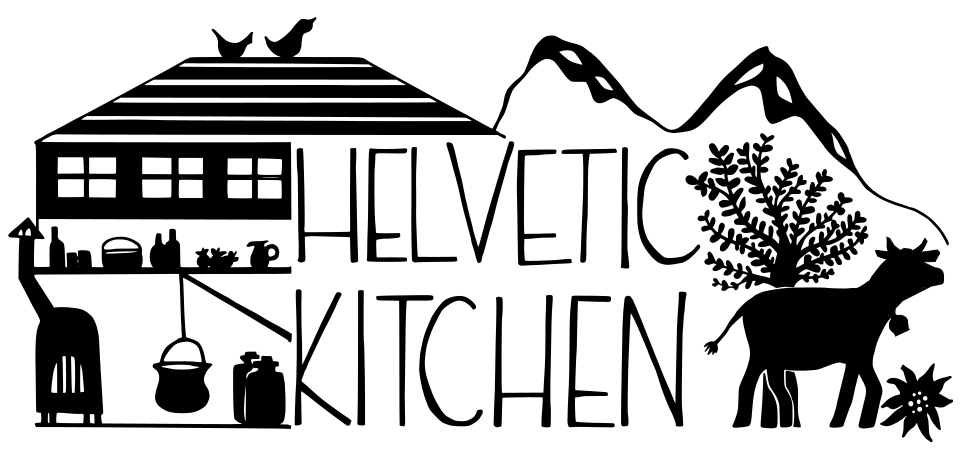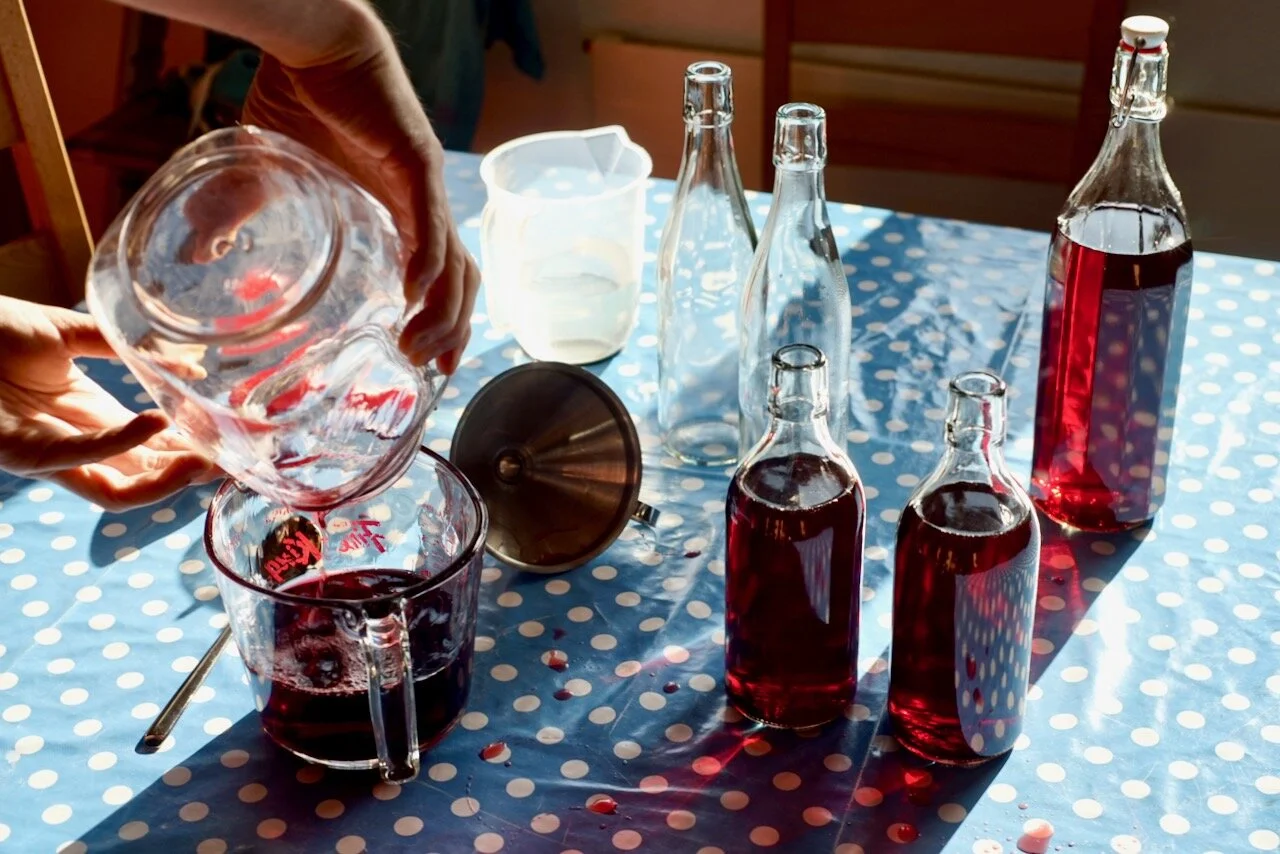More Sloe Gin
As my intrepid husband Sam knows,
His interest in sloes (sour little wild plums known as Schlehen in German) has only grown since he wrote this guest post about making Sloe Gin. We are now on our third year of making, gifting, and drinking obscene amounts of it, so he figured it was the perfect time to continue his initial post.
Without further ado, here’s Sam:
A long time ago, I wrote about collecting sloes, putting them into gin, and then conveniently forgetting about them. Now, after years of d̶r̶i̶n̶k̶i̶n̶g̶ experimenting, it’s time to tell you how the story continues.
We usually start our sloe gin some time between the end of September and the end of October. The sloes are left soaking in the gin for about three months and then, some time in February, we decide that we should filter the sloe gin “soon”.
We end up agreeing to filter the sloe gin some time in the sweltering summer heat of July, only to discover that we still need to get bottles to put it in. So, when we finally get around to bottling, it’s autumn and we’ve gone full circle and have already collected our sloes for the next year. We decide to make a day of it: out with the old, in with the new.
As mentioned, I already wrote this post about in with the new (soaking the sloes), so let’s look at out with the old (filtering, sweetening and bottling).
While soaking, sloes release quite a lot of sediment, so before doing anything with the sloe-infused gin, you typically need to filter it. We usually do this twice, first catching the sloes in a sieve, then pouring the liquid through a finer filter like cheese-cloth, coffee filters or anything similar. When using paper-based filters, be careful and make sure they don’t break, or else you will have to start over again, which can be aggravating as the gin takes its sweet time filtering.
This should result in a clear liquid, which ranges in color from ruby red to purple-ish (I’m not sure about this, but I think sloes tend to give more ruby colours and bullate varieties tend towards purple). This liquid will have a nice, plumm-y smell, but tastes quite tart. It may be interesting to experiment with it directly in cocktails, or maybe also for seasoning and cooking, but typically for drinking you will want to sweeten it a bit. For this, we use simple syrup (see recipe below). I usually use about three parts of sloe gin and one part of simple syrup, however I would recommend you start with a slightly lower amount and then adjust to your taste.
That’s it!
Now, go and enjoy your sloe gin!
(I still have to figure out what to do with the spent sloes. I have heard people talking about slider (infuse some cider with the gin-soaked sloes), but I haven’t tried that yet. I also heard about people making fruit cheese out of damson, so why not try it with sloes? Well, maybe that will be another blog post some time!)
So long, folks!
For how to prepare and soak the sloes, see post here.
First, you want to remove the sloes from the gin. Pour the liquid into another vessel, catching the sloes in a sieve.
Pour the sloe gin through a filter (coffee filter, cheese-cloth, or similar) into a measuring jug.
Measure how much sloe gin you have.
Add simple syrup (recipe below) according to taste. I typically use three parts sloe gin and one part simple syrup, e.g., 750ml sloe gin and 250ml simple syrup.
Bottle the sloe gin and enjoy!
250 ml water
250 ml sugar
Put in a pot over high heat and bring to a boil.
Boil briefly until all sugar is dissolved and the liquid becomes clear and a bit syrupy.
Let cool.
Makes about 500 ml.
Ten litres later…
Thanks to Sam for the great post!
More homemade booze?
Brächere Brönnts















